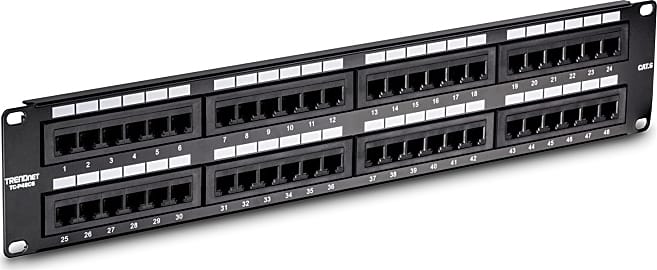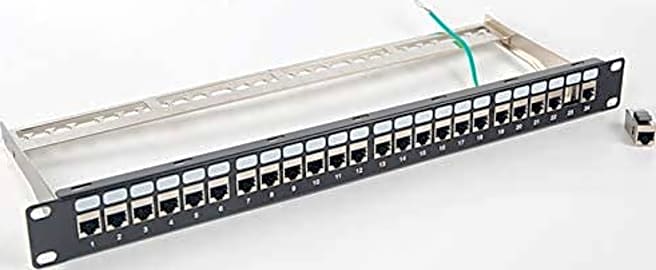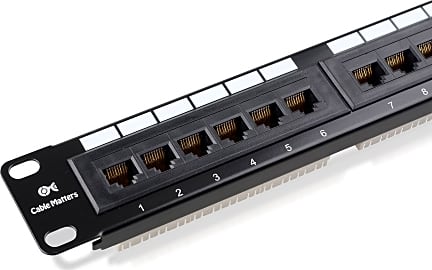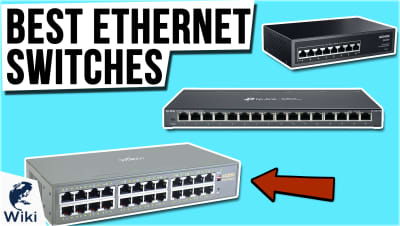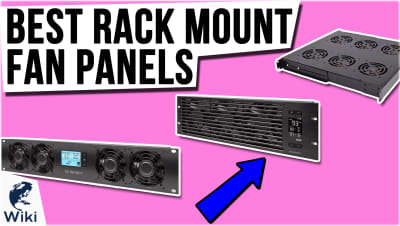The 9 Best Rack Mount Patch Panels

This wiki has been updated 31 times since it was first published in October of 2017. Whether you're in charge of a network for a company or you want to increase the data speed and security for your home office, you're going to need one of the rackmount patch panels on our list to organize and protect your system. They will provide you with fast, reliable connections for all your terminals, while slotting into most standard racks or mounting to the wall. When users buy our independently chosen editorial choices, we may earn commissions to help fund the Wiki.
Editor's Notes
October 15, 2020:
We added a pair of models to the ranking this time around with the Detroit Packing Co. Shielded and the Ampcom Keystone, the latter of which is the only Cat7 model we included. Now, it is true that Cat7 can offer a 600 MHz bandwidth compared to Cat6a's 500 MHz, but the speed increase is non-existent. More than anything, the increased protection around the wires themselves is what draws people to Cat7, as those cables are less likely to suffer from interference and cross chatter than others, making them ideal in network closets with a significant amount of connections, but overkill for most others.
The two other big factors for most people will be organization and cable management. The Tripp Lite 48-Port Cat6a, for example, has a simple back bar that allows you to give your cables some stress relief while keeping them from piling on top of one another. Unfortunately, that model doesn't boast the same kind of labeling space you see on the Tripp Lite 110 N252 or the TrendNet Cat6 TC-P48C6, which can make troubleshooting any problems that arise as easy as possible.
September 04, 2019:
If you're putting together a network closet at work or at home, you may be tempted to bypass a patch panel altogether and simply run your wall-bound solid core cat5 or cat6 cable directly to your switch, but that's a pretty bad idea, as solid core isn't designed to take the kind of beating that results from rampant reconfigurations during setup and over years of use. And it's with this eye toward the future that anyone investing in a patch panel should consider their various features.
For most people, setting up a network is a pretty intimidating prospect, but there are patch panels that aren't only built for the future, but that also have the ability to help you out in the present, offering large numbers of patches, reliable punch down points, and also diagrams to help you put everything together as you're just getting started. These will also make troubleshooting an easier prospect if something isn't hooked up quite right.
We also wanted to prioritize panels that could handle cat6 or cat6a cabling, as these can provide the best bandwidth over the longest cable, making them ideal for businesses, and certainly not a bad idea for homeowners. We also made sure to only include models that offered at least some surface area dedicated to labeling, as this can keep you from having to tag your individual cables or — heaven forbid — attempt to commit to memory what got plugged in where.





